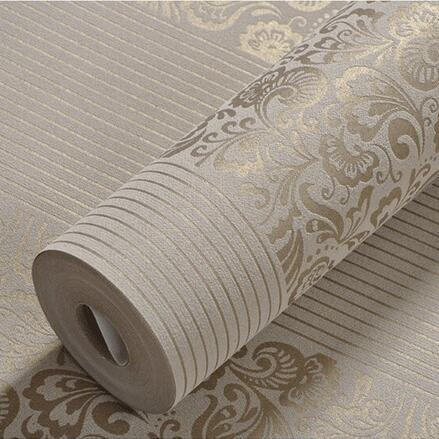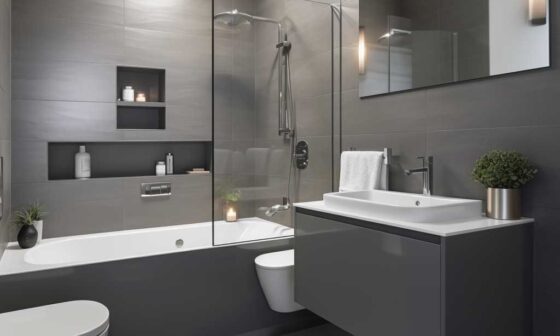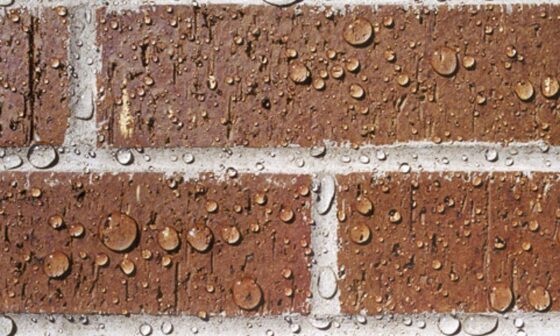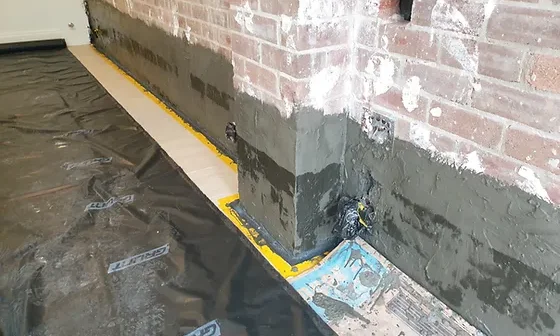
Are you planning to give your walls a fresh new look with wallpaper? The first question that may pop into your mind is, “How much wallpaper do I need?” Choosing the right amount of wallpaper is crucial to ensure a smooth and hassle-free installation process.
How Many Rolls of Wallpaper Do I Need?
To determine the number of rolls of wallpaper required for your project, you need to consider several factors.
These factors include the dimensions of the room, the pattern repeat of the wallpaper, the type of wallpaper, and any additional factors such as doors and windows.
Let’s break down each of these factors and explore how they contribute to the final calculation.
1. Room Dimensions
The dimensions of the room play a significant role in determining the number of wallpaper rolls needed.
You will need to measure the height and width of each wall in the room. Measure from floor to ceiling and from corner to corner, including any door frames or window casings.
Once you have these measurements, use the following formula to calculate the square footage of each wall: Wall Area = Height × Width
Sum up the square footage of all the walls in the room to obtain the total wall area. This measurement will serve as the basis for calculating the number of rolls required.
2. Pattern Repeat
The pattern repeat refers to the vertical distance between where the pattern starts on one strip of wallpaper and where it repeats on the next strip.
It is essential to consider the pattern repeat when calculating the number of rolls needed, as it affects how much wallpaper will be visible on each strip.
To find the pattern repeat, refer to the manufacturer’s specifications or the wallpaper label. It is usually expressed in inches or centimeters. If the pattern repeat is significant, you may require more rolls to match the patterns accurately.
3. Type of Wallpaper
The type of wallpaper you choose also influences the quantity required. There are different types of wallpaper available, such as standard wallpapers, vinyl wallpapers, and textured wallpapers.
Each type has its characteristics that affect the coverage area and, consequently, the number of rolls needed.
Standard wallpapers are usually sold in double rolls, covering approximately 56 square feet (5.2 square meters) of wall area.
On the other hand, vinyl wallpapers tend to have a higher coverage capacity, typically around 60 square feet (5.6 square meters) per double roll. Textured wallpapers may have varying coverage due to their unique surface textures.
It is crucial to check the label or product description to determine the coverage area of each roll and adjust your calculations accordingly.
4. Accounting for Doors and Windows
Doors and windows create interruptions in the continuity of the wallpaper installation. When calculating the number of rolls, it is necessary to account for these interruptions and subtract their areas from the total wall area.
Measure the height and width of each door and window and multiply the two dimensions to find their respective areas. Subtract the total area of doors and windows from the total wall area to obtain the net area requiring wallpaper coverage.
Calculating the Number of Rolls
Now that you have gathered all the necessary measurements, it’s time to calculate the number of rolls needed. Here’s a step-by-step breakdown:
- Calculate the total wall area by summing up the square footage of all the walls.
- Determine the pattern repeat by referring to the wallpaper label or manufacturer’s specifications.
- Adjust the total wall area to account for doors and windows by subtracting their respective areas.
- Divide the adjusted wall area by the coverage area per roll (specified on the wallpaper label) to obtain the approximate number of rolls needed.
- Round up the result to the nearest whole number to ensure you have enough rolls to complete the project. It’s always better to have a bit of extra wallpaper than falling short.
Here’s an example to illustrate the calculation process
Let’s say you’re wallpapering a room with the following measurements:
- Wall 1: Height = 8 feet, Width = 10 feet
- Wall 2: Height = 8 feet, Width = 12 feet
- Wall 3: Height = 8 feet, Width = 10 feet
- Wall 4: Height = 8 feet, Width = 12 feet
Step 1: Calculate the total wall area by summing up the square footage of all the walls:
Wall 1 Area = 8 feet × 10 feet = 80 square feet Wall 2 Area = 8 feet × 12 feet = 96 square feet Wall 3 Area = 8 feet × 10 feet = 80 square feet Wall 4 Area = 8 feet × 12 feet = 96 square feet
Total Wall Area = 80 + 96 + 80 + 96 = 352 square feet
Step 2: Determine the pattern repeat by referring to the wallpaper label or manufacturer’s specifications.
Let’s assume the pattern repeat is 20 inches.
Step 3: Adjust the total wall area to account for doors and windows by subtracting their respective areas.
For example, if you have a door with dimensions 3 feet (height) × 2 feet (width), and a window with dimensions 4 feet (height) × 3 feet (width), the calculations would be:
Door Area = 3 feet × 2 feet = 6 square feet Window Area = 4 feet × 3 feet = 12 square feet
Adjusted Wall Area = Total Wall Area – (Door Area + Window Area) Adjusted Wall Area = 352 square feet – (6 square feet + 12 square feet) = 334 square feet
Step 4: Divide the adjusted wall area by the coverage area per roll (specified on the wallpaper label) to obtain the approximate number of rolls needed.
Let’s assume each roll covers 56 square feet.
Number of Rolls Needed = Adjusted Wall Area / Coverage Area per Roll Number of Rolls Needed = 334 square feet / 56 square feet = 5.96
Step 5: Round up the result to the nearest whole number to ensure you have enough rolls to complete the project.
In this case, round up to 6 rolls. It’s always better to have a bit of extra wallpaper than falling short.
So, in this example, you would need approximately 6 rolls of wallpaper to complete the project.
FAQs about Calculating Wallpaper Rolls
1. How do I measure the height and width of the walls accurately?
To measure the height and width of the walls accurately, use a tape measure and ensure it is level to get precise measurements. Measure from floor to ceiling and from corner to corner, including any doors and windows.
2. What if I have a sloped or angled wall?
If you have sloped or angled walls, measure the highest point and the lowest point of the wall and calculate the average height. Multiply the average height by the width to determine the wall area.
3. How does the wallpaper type affect the number of rolls needed?
Different types of wallpaper have different coverage capacities per roll. Vinyl wallpapers, for example, typically cover more area per roll compared to standard wallpapers.
Be sure to check the coverage area specified on the wallpaper label or product description to determine the number of rolls required.
4. Should I consider wallpaper wastage during the calculation?
When calculating the number of rolls, it’s recommended to account for a certain percentage of wastage.
This allowance accommodates pattern matching, trimming, and any errors that may occur during installation.
A good rule of thumb is to add an extra 10% to the calculated quantity to ensure you have sufficient wallpaper.
5. Can I use different wallpaper patterns in the same room?
Using different wallpaper patterns in the same room can create a unique and visually appealing effect.
However, it is important to plan and calculate the quantities required for each pattern separately.
Be mindful of pattern repeats and consider professional assistance to achieve a seamless transition between different patterns.


